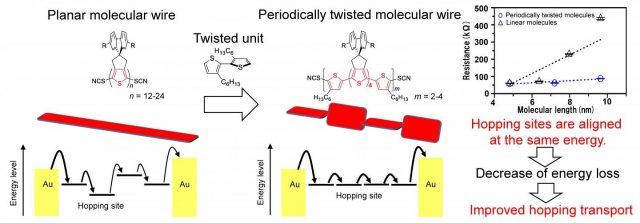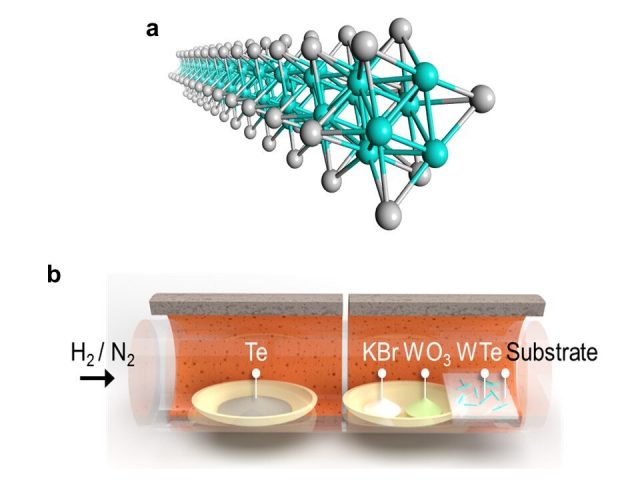Researchers at Columbia Engineering report today that they have developed the first nanomaterial that demonstrates "photon avalanching," a process that is unrivaled in its combination of extreme nonlinear optical behavior and efficiency. The realization of photon avalanching in nanoparticle...
An atypical two-dimensional sandwich has the tasty part on the outside for scientists and engineers developing multifunctional nanodevices.
An atom-thin layer of semiconductor antimony paired with ferroelectric indium selenide would display unique properties depending on the side and polarization by an external...
Researchers in the Oregon State University College of Engineering have developed a battery anode based on a new nanostructured alloy that could revolutionize the way energy storage devices are designed and manufactured.
The zinc- and manganese-based alloy further opens the...
A team led by University of Minnesota Twin Cities researchers has discovered a groundbreaking one-step process for creating materials with unique properties, called metamaterials. Their results show the realistic possibility of designing similar self-assembled structures with the potential of...
Lawrence Livermore National Laboratory (LLNL) researchers have discovered that carbon nanotube membrane pores could enable ultra-rapid dialysis processes that would greatly reduce treatment time for hemodialysis patients.
The ability to separate molecular constituents in complex solutions is crucial to many...
Using copper foil, glass containers and a conventional household microwave oven, University of Wyoming researchers have demonstrated that pulverized coal powder can be converted into higher-value nano-graphite.
The discovery is another step forward in the effort to find alternative uses...
Ultrasmall integrated circuits have revolutionized mobile phones, home appliances, cars, and other everyday technologies. To further miniaturize electronics and enable advanced functions, circuits must be reliably fabricated in three dimensions. Achieving ultrafine 3D shape control by etching into silicon...
A team working with Roland Fischer, Professor of Inorganic and Metal-Organic Chemistry at the Technical University Munich (TUM) has developed a highly efficient supercapacitor. The basis of the energy storage device is a novel, powerful and also sustainable graphene...
Researchers at Osaka University synthesized twisted molecular wires just one molecule thick that can conduct electricity with less resistance compared with previous devices. This work may lead to carbon-based electronic devices that require fewer toxic materials or harsh processing...
Researchers from Tokyo Metropolitan University have discovered a way to make self-assembled nanowires of transition metal chalcogenides at scale using chemical vapor deposition. By changing the substrate where the wires form, they can tune how these wires are arranged,...
Electricity is a key ingredient in living bodies. We know that voltage differences are important in biological systems; they drive the beating of the heart and allow neurons to communicate with one another. But for decades, it wasn't possible...

















